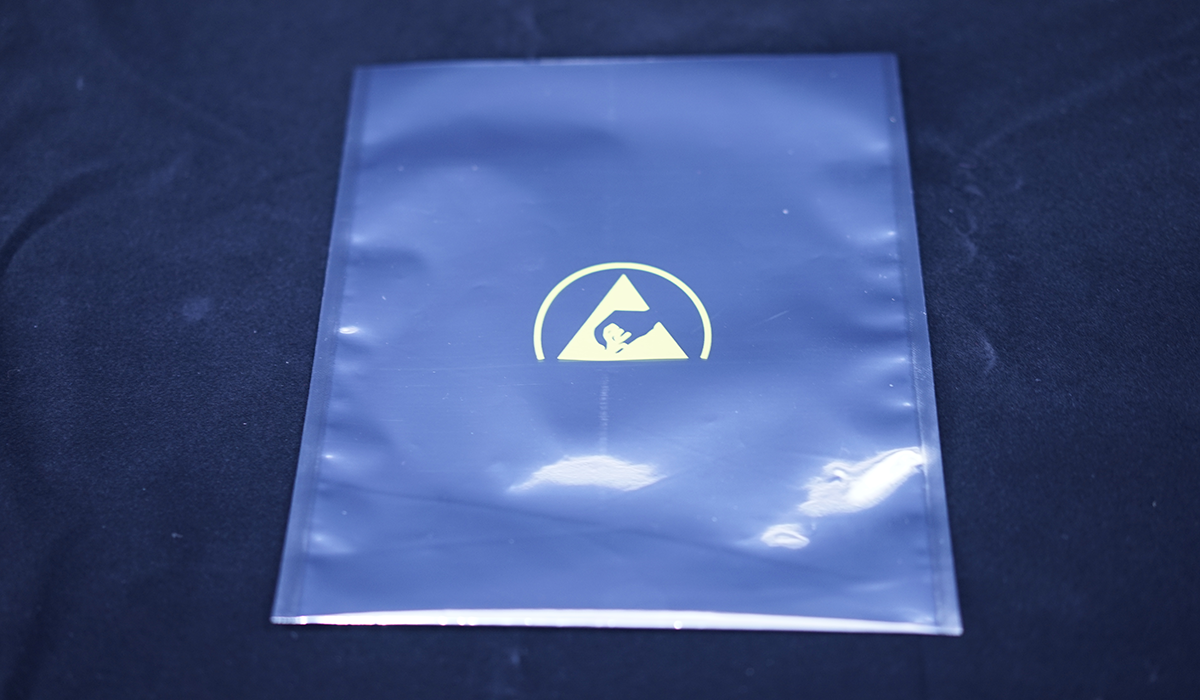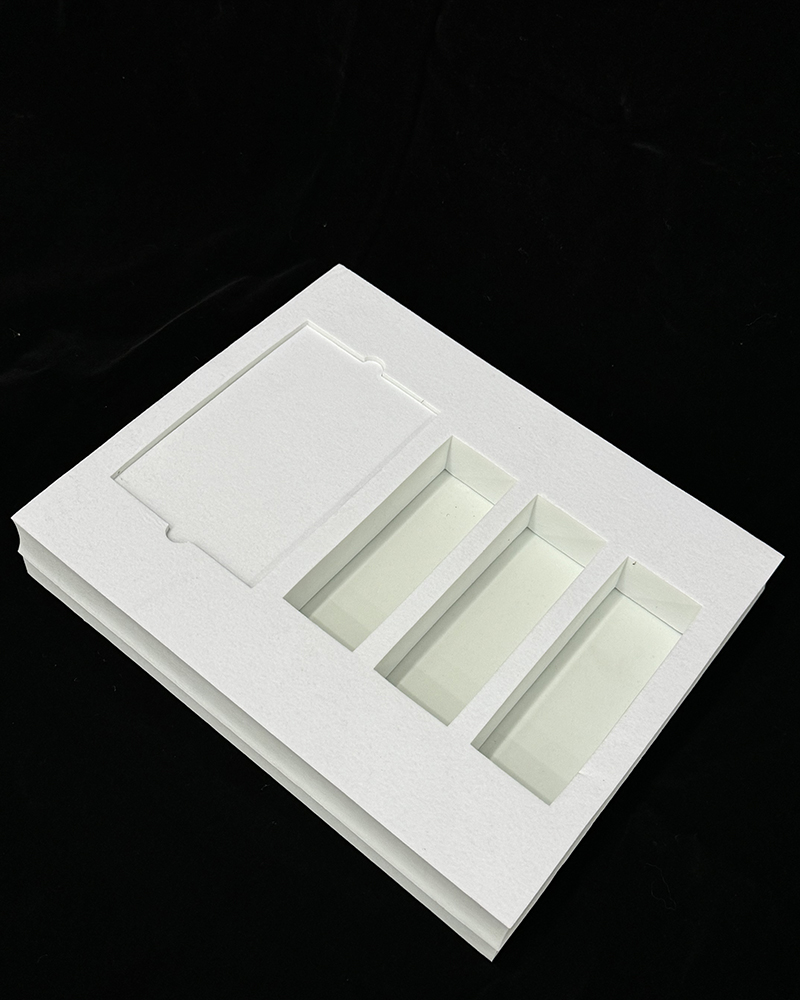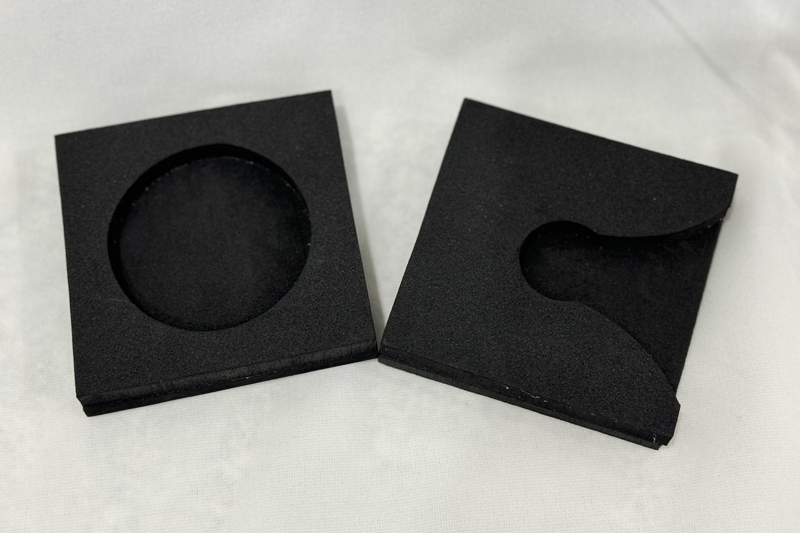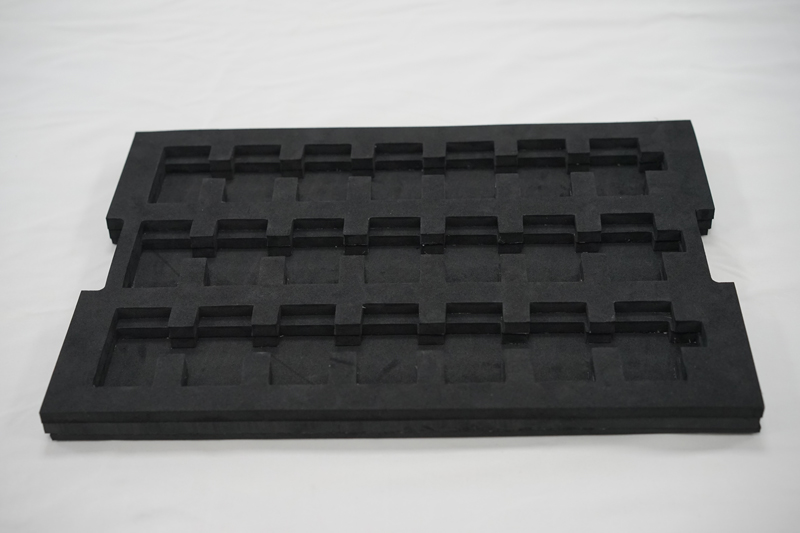Key differences between eva foam and other foams (e.g., pe, pu, rubber foam)

1. Material & Chemical Structure
- EVA (Ethylene-Vinyl Acetate): A copolymer of ethylene and vinyl acetate, combining rubber-like elasticity with plastic-like processability.
- PE (Polyethylene): Pure polyethylene structure, rigid but less flexible.
- PU (Polyurethane)**: Contains urethane groups, soft but water-absorbent.
- Rubber Foam: Made from natural/synthetic rubber, oil-resistant but prone to aging.
2. Physical Properties
- EVA: High elasticity, closed-cell structure (waterproof), lightweight, chemical/UV resistance.
- PE: High rigidity, poor cushioning, used in low-end packaging.
- PU: Open-cell structure (sound-absorbing but water-absorbent), ideal for furniture.
- Rubber Foam: High density, oil-resistant, but heavy and less durable.
3. Applications
- EVA: Sports shoe soles, electronics packaging, yoga mats, automotive parts.
- PE: Basic packaging, thermal insulation.
- PU: Mattresses, sofa cushions, acoustic panels.
- Rubber Foam: Industrial gaskets, oil-resistant applications.
4. Processing
- EVA: Easily thermoformed, engraved, or laminated for complex designs.
- PE: Requires injection molding/foaming, limited flexibility.
- PU: Chemically foamed, energy-intensive production.
5. Cost & Sustainability
- EVA: Cost-effective and recyclable.
- PU: Higher cost, potential VOC emissions.
EVA Foam (Ethylene-Vinyl Acetate):
Characterized by high density, strong liquid absorption, and tough yet elastic texture, EVA foam offers excellent abrasion resistance without scratching surfaces or shedding particles. Its closed-cell structure provides waterproofing, moisture resistance, and chemical resistance to substances such as seawater, oils, acids, and alkalis. Corrosion-resistant, antibacterial, non-toxic, and eco-friendly, it is easily processed through heat pressing, cutting, adhesive coating, and lamination. With high resilience and tensile strength, it delivers superior shock absorption and cushioning. Its thermal insulation, cold resistance, and UV stability ensure performance in extreme temperatures. The closed-cell design also enables soundproofing. Widely used in automotive parts, new energy, medical devices, electronics, hardware, cosmetics, instruments, children's products, sports equipment, military gear, apparel, and luggage industries.
PVC Foam (Polyvinyl Chloride):
Known for corrosion resistance, flame retardancy, insulation, oxidation resistance, UV stability, and weatherproofing, PVC foam excels in waterproofing, dustproofing, vibration damping, and sound insulation. Its recyclability and low production costs enhance practicality. Available in rigid and flexible variants, rigid PVC is used in corrugated sheets, window/door frames, and chemical industries, while flexible PVC serves as flooring and ceiling coatings. By adding different additives, PVC's physical and mechanical properties can be tailored for diverse applications. Key uses include cabinets, advertising boards, framing panels, decorative materials, spray-painting substrates, partitions, ceiling panels, vehicle interiors, thermal insulation projects, cold storage panels, and waterproof materials.
Summary
EVA foam excels in elasticity, waterproofing, and versatility, making it ideal for consumer goods, while PE, PU, and rubber foams serve niche roles in rigidity, softness, or oil resistance.





